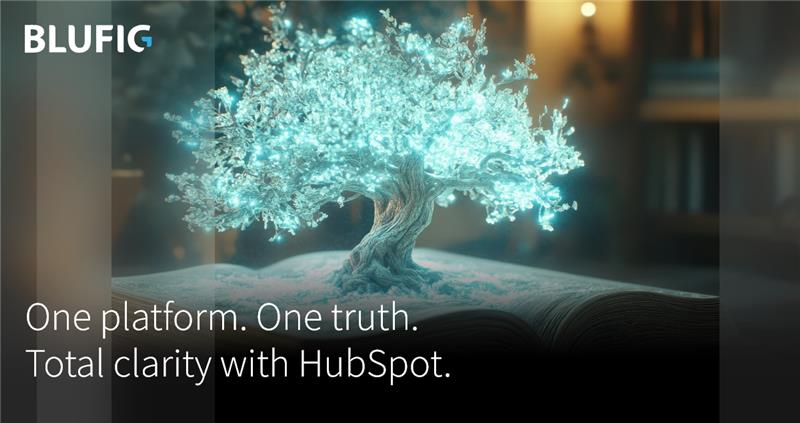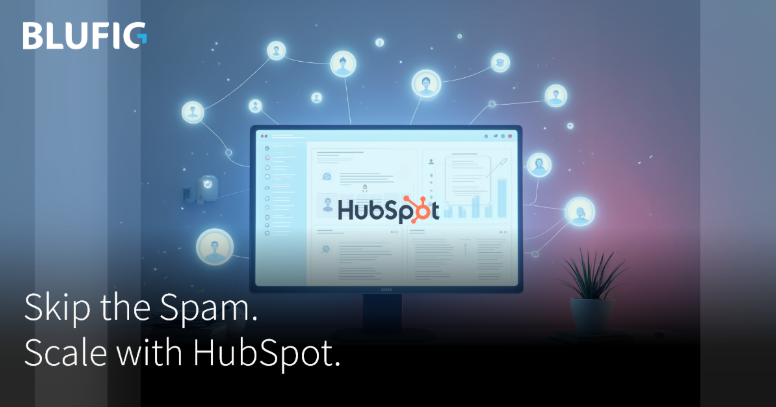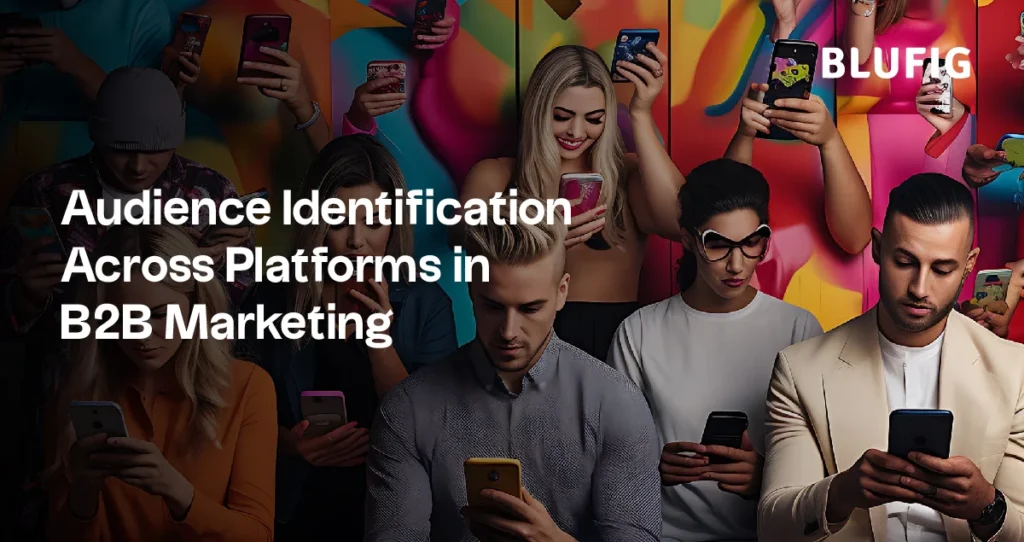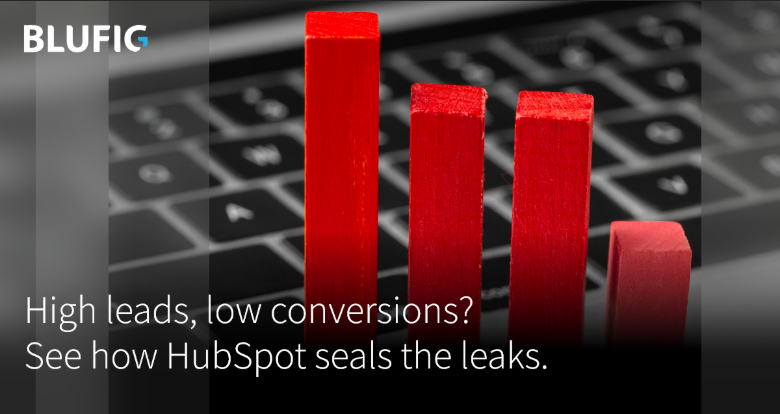If you are a B2B marketer, you know how hard it is to find and woo your ideal audience. You are not selling to the masses, but to a select group of decision-makers and influencers who have specific needs, challenges, and preferences.
You need to know who they are, what they want, and how they behave. You need to speak their language, address their pain points, and offer them value. And you need to do all that across different platforms and channels, where each one has its own rules, formats, and expectations.
Sounds daunting, right? In this blog, we will guide you through the process of audience identification, analysis, and segmentation, and show you how to engage your audience across various platforms.
Why Audience Identification Matters in B2B Marketing
Audience identification is the first and most important step in B2B marketing. It is the foundation of your marketing strategy, as it determines your goals, content, messaging, and channels. Audience identification is the art and science of defining and understanding the specific group of people you want to reach with your product, service, or message. It goes beyond basic demographics, such as age, gender, or location. It dives deep into psychographics, such as interests, attitudes, values, and motivations. It also considers behaviors, such as online habits, purchase patterns, and feedback.
Audience identification matters in B2B marketing because
- It helps you create relevant and personalized content and messaging that resonates with your audience’s interests and challenges. According to a study by DemandGen Report, 75% of B2B buyers said they want vendors to provide content that speaks directly to their company’s needs, and 66% said they prefer content that is relevant to their specific stage in the buying journey.
- It helps you optimize your marketing spend and ROI by focusing on the most valuable and qualified leads and accounts. According to a study by ITSMA, 87% of B2B marketers said that account-based marketing (ABM) delivers a higher ROI than other marketing activities, and 69% said that ABM improves customer lifetime value.
- It helps you build stronger and lasting customer relationships by providing genuine value and solutions to their pain points. According to a study by Edelman and LinkedIn, 89% of B2B buyers said that thought leadership content from vendors influences their perception of the vendor’s brand, and 49% said that thought leadership content can be a deciding factor in choosing a vendor.
How to Identify and Understand Your B2B Audience
To identify and understand your B2B audience, you need to conduct a thorough audience analysis and segmentation. This is a process of researching, creating, and testing your ideal customers and segments, using various sources, tools, and methods. Here are the main steps involved:
- Research your existing and potential customers using various sources, such as surveys, interviews, CRM data, web analytics, social media, and third-party tools. You want to collect as much information as possible about your audience, such as their demographics, psychographics, goals, challenges, preferences, and buying journey. You can use tools like SurveyMonkey, HubSpot, Google Analytics, Hootsuite, and SEMrush to help you with this task.
- Create detailed buyer personas that represent your ideal customers, including their demographics, psychographics, goals, challenges, preferences, and buying journey. Buyer personas are fictional characters that embody the characteristics and behaviors of your target audience. They help you humanize your audience and empathize with their needs. You can use tools like Xtensio, Userforge, or Make My Persona to help you create your buyer personas.
- Segment your audience into smaller and more homogeneous groups based on relevant criteria, such as industry, company size, location, role, behavior, or pain point. Audience segmentation is a way of dividing your audience into subgroups that share common characteristics or needs. It helps you tailor your marketing strategy to each segment and deliver more personalized and relevant content and messaging. You can use tools like Mailchimp, Marketo, or Salesforce to help you segment your audience.
- Test and optimize your segments and personas over time using feedback and performance data. Audience analysis and segmentation are not one-time activities, but ongoing processes that require constant monitoring and improvement. You need to validate your assumptions, measure your results, and refine your strategy based on your findings. You can use tools like Hotjar, Qualaroo, or Optimizely to help you test and optimize your segments and personas.
How to Engage Your B2B Audience Across Platforms
Once you have identified and understood your B2B audience, you need to engage them across different platforms and channels. This is a process of creating and distributing content and messaging that matches your audience’s needs, preferences, and stage in the buying journey, using a consistent and coherent tone and voice, and adapting to the specific features and formats of each platform. Here are some tips and tricks to help you with this process:
- Choose the right platforms and channels for your audience, based on where they spend their time, how they consume information, and what they expect from you. You need to know which platforms and channels are most popular and effective for your audience, and how to use them to your advantage. For example, you can use LinkedIn to showcase your thought leadership, Twitter to share news and updates, Facebook to build community and engagement, Instagram to showcase your brand personality, YouTube to demonstrate your product or service, and podcasts to educate and entertain your audience.
- Create and distribute content and messaging that matches your audience’s needs, preferences, and stage in the buying journey. You need to know what type of content and messaging your audience wants to see, hear, or read, and when and how to deliver it to them.
For example, you can use blog posts, ebooks, white papers, or webinars to educate your audience, case studies, testimonials, or reviews to build trust and credibility, infographics, videos, or podcasts to entertain and inform your audience, and landing pages, emails, or calls to action to persuade and convert your audience.
- Use a consistent and coherent tone and voice across platforms and channels, while adapting to the specific features and formats of each platform. You need to know how to communicate with your audience in a way that reflects your brand personality, values, and goals, and that resonates with your audience’s emotions, motivations, and expectations. For example, you can use a professional and authoritative tone and voice on LinkedIn, a casual and friendly tone and voice on Twitter, a humorous and witty tone and voice on Instagram, and a conversational and engaging tone and voice on podcasts.
- Measure and analyze your audience’s engagement and feedback across platforms and channels and adjust your strategy accordingly. You need to know how to track and evaluate your audience’s behavior, reactions, and satisfaction across platforms and channels, and how to use that data to improve your performance and results. For example, you can use metrics like impressions, reach, clicks, shares, comments, likes, views, downloads, subscriptions, leads, conversions, and revenue to measure your audience’s engagement and feedback, and use tools like Google Analytics, HubSpot, or Sprout Social to analyze and optimize your strategy.
Audience identification is a vital step in B2B marketing, as it enables you to create and deliver more effective and efficient marketing campaigns. By following the steps and tips we have shared in this blog, you can identify and understand your B2B audience, and engage them across various platforms. This will help you increase your brand awareness, lead generation, conversion, and retention rates, and ultimately grow your business.
If you need help with your B2B marketing, don’t hesitate to contact us.
Looking For A Marketing Partner?
We will make it worth your while!




